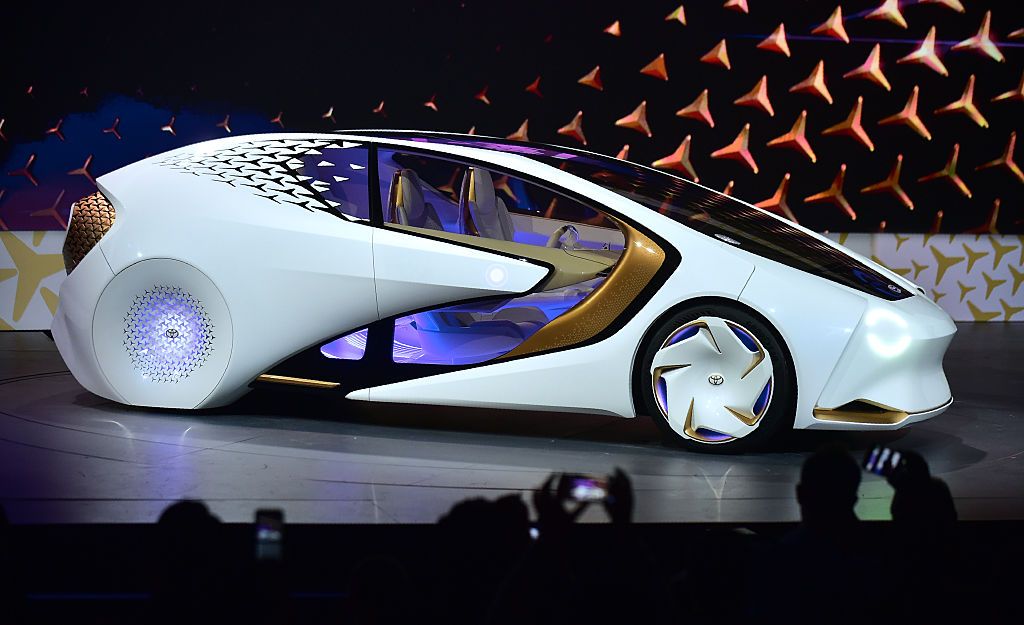The focus of this post is the redesigned 1934 LaSalle (Wikipedia entry for the brand is
here). But instead of dealing with its design features, I try to put it in the context of 1933-34 carryover details for it and its parent brand Cadillac. In addition, the 1934 LaSalle is compared to two other General Motors makes, Oldsmobile and Buick for reasons made evident below.
GM Art & Colour boss Harley Earl oversaw the new LaSalle design, but the stylist mostly responsible for its looks was Jules Agramonte.
Now some further background on LaSalle's 1934 redesign from an article by stylist/historian Jeff Godshall in the May/June 1971 issue of Special-Interest Autos (page 43):
By 1933, "La Salle had failed to get established despite its early success. What looked right in 1927 turned out to be very wrong by 1933, so that year GM brass handed down the decision to discontinue the La Salle....
"Hearing this, Harley Earl went before the management committee and told them that he still had something to show them. While his exact words are not recorded, Earl said that as long as they had killed the La Salle, perhaps they would like to see what they had thrown away. He then led them to the Art and Colour Section viewing room and pulled the drapes, and there stood the stunning new La Salle design for 1934 -- the slim-nosed, radically different (for the time) body that was to give La Salle a new 7-year lease on life. Warren Fitzgerald of GM Styling asserts, 'It can honestly be said that Harley Earl saved the La Salle with his dramatic new design.'
"The Series 350 ushered in both a new car and a new direction for La Salle. Management decided that La Salle had gotten too close to Cadillac in size and price. Remedy: put La Salle into a different [that is, mid-price] market entirely."
Out went its V-8 motor, replaced by a Straight 8 from Oldsmobile. In came other changes to achieve the the new market niche. The Wikipedia entry linked above mentions that "Beginning with the 1934 model year, a significant portion of the LaSalle was more closely related to the Oldsmobile, than to Senior Cadillacs."
Comparing 1934 price ranges, the LaSalle, now with a 119-in (3,023 mm) wheelbase sold for $1,595-$1,695. The Oldsmobile series with the same wheelbase had a $895-$995 price range, and Buicks with that wheelbase were priced $1,110-$1,230. However, the price range for the entire Buick line was $795-$2,175. The lowest-price Cadillac line that year with 8-cylinder motors and 128-inch (3,251 mm) wheelbases were set at $2,545-$2,695. LaSalle was GM's most expensive car for its wheelbase, but one could buy a 128-in wheelbase Buick for about the same price, $1,465-$1,675. So LaSalle was in a tricky marketing situation armed mostly by its new styling.
Gallery
1933 Cadillac V-12 4-door sedan, Hyman Ltd. photo.
1934 Cadillac Coupe, Hyman Ltd. photo. Although the body was new, Earl saw to it that the 1933 grille theme was carried over to the 1934 models.
1933 LaSalle Convertible Coupe, Auctions America photo. LaSalle's grille theme is close to that of Cadillac.
1934 LaSalle sedan for sale. The Cadillac-related grille theme -- fine vertical background bars, a stronger central vertical bar and five stronger horizontal bars -- remains. But the drastic narrowing of the hood and grille opening largely obscures this continuity. Note the shared front fender design: lesser GM brands got more traditional fenders for 1934.
1934 Oldsmobile 2-door, RM Sotheby's photo. Although LaSalle got an Oldsmobile motor and some other engineering details, the brands were stylistically distinct.
1934 Buick Series 60 3-Window Coupe, Mecum photo. This is the same body type as shown below for the 1934 LaSalle, though on a Series 60 128-inch wheelbase. This car sold for about the same price as that LaSalle, but even though it was longer, its styling was less advanced and far less exciting.
1934 LaSalle coupe, photo source unknown. Both the LaSalle and Buick coupes have the same basic body as the '34 Cadillac shown earlier.































































